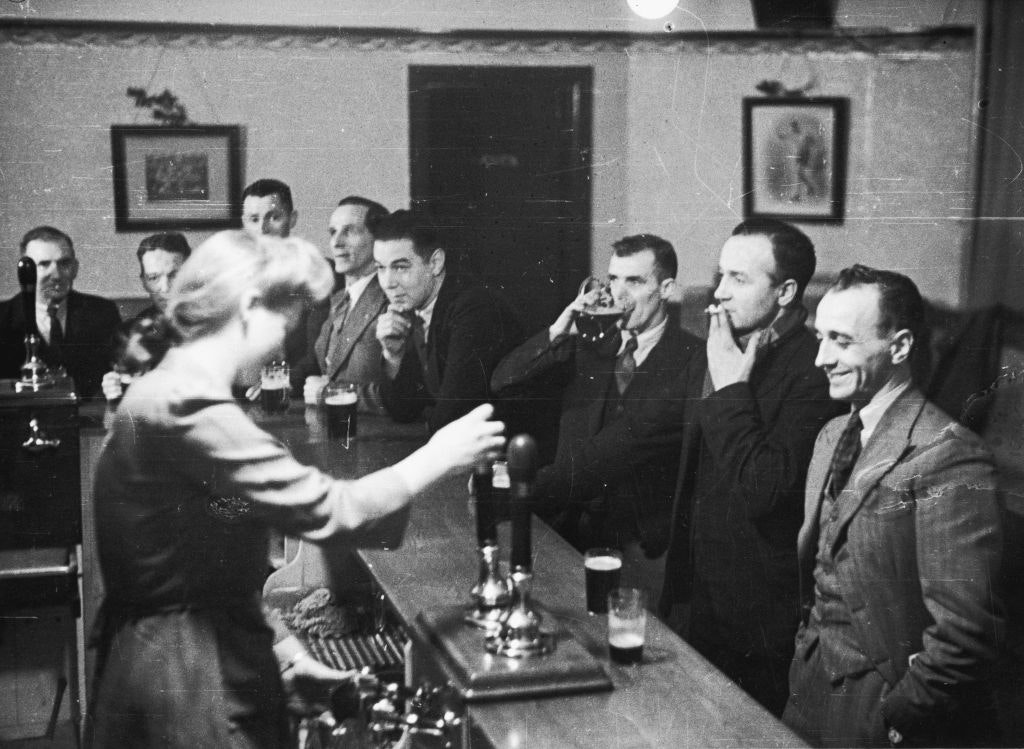George Osborne: the British Museum’s highest-profile exhibit?
As the architect of austerity against culture and the arts, is the former Chancellor really the right man for the job?
At a time when former politicians are often criticised for resting on their laurels or “chillaxing”, there is a continued vigour to the exploits of George Osborne. In addition to his role as an investment banker at Robey Warshaw, he serves as Chair of the Northern Powerhouse Partnership, a visiting professor at Manchester University and as the Dean’s Fellow at Stanford. Now, he has added perhaps the highest profile job to his portfolio to date, as chair of trustees at the British Museum.
The reaction towards Osborne’s new post was mainly one of horror. Angela Rayner wrote that: “George Osborne as Chancellor was the architect of devastating to cuts to the arts and culture. He is in no way an appropriate choice for a position at one of our country’s leading cultural and historical institutions, and the man has more than enough jobs already.”
Over and over again, the same accusations were flung at Osborne: that he was a wealthy, entitled, out-of-touch and venal Tory who had no interest in culture for its own sake, simply for its commercial value, and that the British Museum choosing to appoint him was a mark of failure.
Osborne will bring an aficionado’s appreciation to the role
Initially, it was assumed that Osborne had been given the role “on the nod”, and that Boris Johnson had somehow intervened to make sure that it was nothing more than a stitch-up. That the former Chancellor had been suggested for the unpaid position (which asked for “a leader with a global perspective, with a demonstrable interest in culture and history, and a commitment to engaging local, national, and international audiences”) by the likes of Baroness Shafik, deputy governor of the Bank of England while Osborne was in No 11, and the former Treasury spokesman and Conservative peer Lord Sassoon made this look like a sinecure for this particular member of the entitled metropolitan elite.
Yet when it became clear that Osborne had been unanimously elected by the board of trustees, which includes such noted non-conservative figures as the potter Grayson Perry, the classicist Mary Beard and the playwright Pat Cumper, outrage turned into the almost plaintive sound of betrayal. Perry and Beard found themselves asked continually on social media why they had been seduced into making such an appointment. Better, surely, to stand fast against the blandishments of the evil Tories, and appoint someone righteous and impeccably liberal to the post, rather than give in to this awfulness?
Beard, Perry and others have not felt the need to publicly justify their decision not to veto Osborne’s new role, but the unanimous election of the former Chancellor suggests one of two things. Either the trustees are all spineless and Janus-faced, happy to pay lip service to liberal ideas while secretly kow-towing to their right-wing overlords, or, alternatively — and this is where nuanced thought and social media often part ways — these intelligent and independent-minded men and women believed that Osborne would do a good job in the role and that his appointment was worth supporting.
His reputation as the architect of austerity will forever count against him
Whatever one makes of Osborne’s successes and failures in office, there are certain things that seem undeniable. He was always a more dynamic and intelligent figure than Cameron, albeit without the former PM’s charm or ability to present himself as an (Eton-educated) man of the people. He knew that his greatest stumbling block to becoming prime minister — a role he made no secret of coveting — was that he lacked the personal charisma of his major rival Boris Johnson, so he built up a network of power and patronage within office that, had the Remain side not lost the referendum, he would undoubtedly have used as leverage to make himself the establishment’s choice for premier. He may well still have lost, but if Brexit had never happened, there would not have been the populist bandwagon for Johnson to ride. It would have been harder to defeat a man who had his hands on the levers of power.
His post-defenestration departure to edit the Evening Standard, and consequent violent war of attrition towards his nemesis Theresa May, remains one of the most unexpected developments in contemporary politics. While one can debate whether he was any good as an editor, he succeeded in galvanising a relatively bland freesheet into a daily must-read, filled with insider gossip and juiced up with undisguised venom towards the increasingly hapless May. Yet after she was forced out of office and Boris took over, Osborne’s interest soon waned. Firstly, he assumed the meaningless role of editor-in-chief and then he left altogether, to make serious money from banking and to have the public appointment that befitted his status as a Companion of Honour; the youngest one, at the present time of writing.
After abortive attempts to become chairman of the Royal Opera House and, apparently, the BBC, the British Museum role represents Osborne’s continued prominence in public life. He has always had a notable personal interest in arts and culture, not least in his annual visits to the Wagner Festival in Bayreuth, and he will bring an aficionado’s appreciation to the role. Yet his reputation as the architect of austerity will forever count against him, too, given the millions that public arts institutions have lost through cost-saving measures. This explains the anger that many have felt towards his appointment, but also might indicate why the likes of Beard and Perry — who have hardly been quiet in denouncing the lack of government investment in the arts — have endorsed his election, rather than condemning it. He has caused this mess: he can, now, begin to redeem himself.
He may enjoy the most significant rehabilitation in public opinion of any politician since John Profumo
It is likely that Osborne will be an energetic and hands-on chairman, marshalling his business and political contacts into the grubby but necessary business of fundraising. The museum’s director Hartwig Fischer has suggested that the BM needs to undergo “the biggest transformative project” since it opened, and it will need serious amounts of money to maintain its status as a world-class museum. Therefore, as its figurehead, it needed someone well-connected, charming but, if needs be, ruthless, who can persuade various organisations to offer donations in the tens of millions of pounds. Osborne has now taken on this responsibility, and we await to see what happens next.
If he makes good with it, he may enjoy the most significant rehabilitation in public opinion of any politician since John Profumo — or his old nemesis Ed Balls. But if he should fail, then the opprobrium that will be heaped upon him from all sides will be significant — and merited. For his own sake, the former “submarine Chancellor” had better hope that something brilliant surfaces, and soon. Otherwise, he will inevitably become as forgotten a figure as the men and women behind most of the artefacts that he is now responsible for.
Enjoying The Critic online? It's even better in print
Try five issues of Britain’s most civilised magazine for £10
Subscribe














